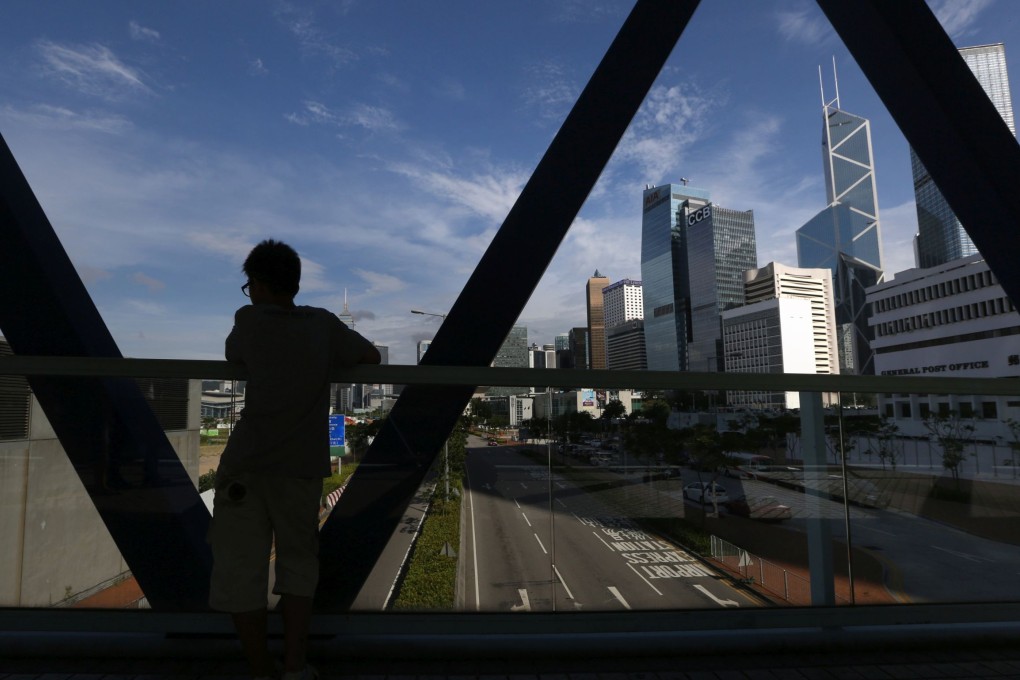Why Tiles and Not Paint?
Tile cladding didn’t become popular until the 1970s: Before then it was paint all the way.

Tile cladding didn’t become popular until the 1970s: Before then it was paint all the way.
All that paint may have given rise to some pretty buildings (remember, pink was the cheapest color, so most buildings ended up a rosy hue). But paint is extremely porous, which means that it’s not ideal for our humid climates. With its absorbency and coarse surface, it does a really great job of allowing mold to cling on, spreading across the exteriors and interiors of buildings. The paint soon starts to bubble and peel, and suddenly you have a very ugly building that might even end up being structurally unsound.
So to keep a building looking (and feeling) good, you’re going to have to paint it every three to five years. That makes it vastly uneconomic when you’re talking about a standard high-rise: Throwing up scaffolding every five years just so that you can then get the rollers out is very expensive, not to mention incredibly annoying to everyone living there.
Tiles, on the other hand, are much better suited to our subtropical selves. Just like in bathrooms, tiles are a good choice if you’re trying to keep moisture out. They’re relatively impervious to the stuff, stopping it from seeping inside buildings where it could do damage. And they’re glazed, so they (more or less) clean themselves. The lifespan of tiling can be reckoned in decades, not short years.
Of course, it’s not all perfect. In the mid-2000s a falling tile scandal hit Hong Kong, as they began falling off several public housing estates. The government tried very hard not to blame itself. That wasn’t an isolated case: Jardine House, the city’s first skyscraper, had to be totally retiled within 10 years of being completed because bits kept falling off.
Since then paint has made something of a resurgence. But adhesives and glues are stronger than they used to be, which makes tiles a sensible choice for most housing in Hong Kong. And no, they’re not put on tile by painstaking tile. Instead they’re applied in big sheets, which make it easy to put together—even if it drastically lowers the possibilities for construction workers to incorporate amusing mosaics into their designs.